Mardi Himal Trek has become a popular destination for trekkers seeking a less crowded route. But one question that often arises is, “Is Mardi Himal Trek safe?” This blog aims to answer this question in detail. Safety is a priority when planning any trek, and understanding the risks and precautions can make your journey more enjoyable. We will discuss the trail conditions, weather, altitude sickness, and other important factors. Let’s explore why the Mardi Himal Trek is safe for trekkers when done right.
Understanding Mardi Himal Trek
Before diving into the safety aspects, it’s crucial to understand the Mardi Himal Trek itself. This trek lies in the Annapurna region, offering stunning views of the Annapurna range. The trail is relatively new and less commercialized, which adds to its charm. But does this make it safe? The answer lies in understanding the trail’s nature and challenges. While the Mardi Himal Trek is less crowded, it does not lack in natural beauty or adventure. The trail is well-marked, but it can be steep and narrow in places.
Trail Conditions and Safety
One of the first things to consider when asking, “Is Mardi Himal Trek safe?” is the trail condition. The trail is well-maintained but can be challenging in some sections. The initial part of the trek passes through dense forests. This part of the trail is relatively easy to navigate. However, as you ascend, the trail becomes steeper and narrower. The final stretch to Mardi Himal Base Camp is particularly challenging. It involves steep climbs and narrow ridges. Trekkers need to be cautious, especially in wet conditions, as the trail can become slippery.
Weather Considerations
Weather plays a crucial role in determining the safety of the Mardi Himal Trek. The weather in the Himalayas can be unpredictable. Understanding the best time to trek is essential for safety. The best seasons for the Mardi Himal Trek are autumn (September to November) and spring (March to May). During these seasons, the weather is stable, with clear skies and moderate temperatures. However, trekking during the monsoon (June to August) can be risky due to heavy rainfall. The trail can become muddy and slippery, increasing the risk of accidents. Winter trekking (December to February) is also challenging due to snow and freezing temperatures. Proper planning and preparation can help mitigate these risks.
Altitude Sickness and How to Avoid It
Altitude sickness is a common concern for trekkers in the Himalayas. So, is Mardi Himal Trek safe concerning altitude sickness? The highest point of the trek is Mardi Himal Base Camp, at an altitude of 4,500 meters. Altitude sickness can occur above 2,500 meters. Symptoms include headaches, nausea, and dizziness. To avoid altitude sickness, it is essential to acclimatize properly. This means ascending slowly and allowing your body to adjust to the altitude. Staying hydrated and avoiding alcohol can also help prevent altitude sickness. In severe cases, descending to a lower altitude is necessary.
Guides and Porters: Enhancing Safety
Hiring a guide or porter can significantly enhance your safety on the Mardi Himal Trek. While the trail is well-marked, having a guide can be beneficial. Guides are familiar with the terrain and can assist in case of emergencies. They can also provide valuable information about the region’s culture and history. Porters, on the other hand, can carry your heavy luggage. This allows you to trek more comfortably, reducing the risk of exhaustion or injury. When hiring guides or porters, choose reputable agencies that ensure the welfare of their staff.
Accommodation and Food Safety
Accommodation and food are other factors to consider when asking, “Is Mardi Himal Trek safe?” The trek offers several teahouses along the route. These teahouses provide basic accommodation and meals. While the facilities are basic, they are generally clean and safe. However, it’s advisable to carry your sleeping bag for added comfort and hygiene. Food is typically simple, with options like rice, noodles, and soup. To ensure food safety, choose freshly cooked meals. Avoid raw vegetables and unfiltered water. It’s also wise to carry water purification tablets or a filter.
Wildlife and Environmental Considerations
The Mardi Himal Trek passes through a region rich in biodiversity. While this adds to the trek’s allure, it also raises questions about safety. So, is Mardi Himal Trek safe concerning wildlife? The region is home to various wildlife, including monkeys, deer, and birds. Encounters with wildlife are rare, but trekkers should be cautious. Avoid feeding or approaching wild animals. Stick to the designated trail to minimize the risk of wildlife encounters. The environmental impact of trekking is another consideration. Trekkers are encouraged to follow the “Leave No Trace” principle. This means packing out all trash and minimizing environmental impact.
Health and Hygiene on the Trail
Health and hygiene are critical aspects of safety on the Mardi Himal Trek. Trekkers should be aware of the risks of waterborne illnesses and infections. Is Mardi Himal Trek safe in terms of health? Yes, with the right precautions. Always drink purified water. Carry a basic first aid kit with bandages, antiseptics, and necessary medications. Hygiene on the trail can be a concern, especially in teahouses. Use hand sanitizer regularly, and avoid sharing utensils. If you fall ill, inform your guide or fellow trekkers immediately. It’s better to descend to a lower altitude than to risk worsening health conditions.
Communication and Connectivity
Staying connected with the outside world is important for safety. But how reliable is communication on the Mardi Himal Trek? The network coverage is limited, especially as you ascend higher. However, some teahouses offer satellite phones or Wi-Fi services for a fee. It’s advisable to inform your family or friends about your trekking itinerary. In case of emergencies, guides can communicate with local authorities or arrange for evacuation. Carrying a power bank is also a good idea to keep your devices charged.
Emergency Services and Evacuation
Despite all precautions, emergencies can happen. So, is Mardi Himal Trek safe in emergencies? The region has a basic infrastructure for emergencies. However, the remote location can make rescue operations challenging. In severe cases, helicopters are used for evacuation. Having travel insurance that covers high-altitude trekking and helicopter evacuation is crucial. Guides are trained to handle emergencies and can arrange for quick evacuation if needed. Knowing basic first aid can also be helpful in emergencies.
Cultural Sensitivity and Respect
The Mardi Himal Trek passes through villages inhabited by Gurung and Magar communities. Cultural sensitivity is important for ensuring a safe and respectful trekking experience. Is Mardi Himal Trek safe culturally? Yes, as long as trekkers respect local customs and traditions. Always ask for permission before taking photos of locals. Dress modestly, especially when visiting villages or religious sites. Learning a few basic Nepali phrases can go a long way in building rapport with the locals. Respecting local culture not only enhances your experience but also ensures a safe and harmonious journey.
Solo Trekking: Is It Safe?
Solo trekking is an option for experienced trekkers, but is Mardi Himal Trek safe for solo travelers? While solo trekking offers flexibility, it also comes with risks. The remote nature of the trail can make it challenging if you encounter difficulties. Solo trekkers are more vulnerable in case of injuries or illness. If you choose to trek solo, ensure you are well-prepared and experienced in high-altitude trekking. Inform someone about your trekking plan and stick to it. Consider joining a group or hiring a guide for added safety.
Packing Essentials for Safety
What you pack can significantly impact your safety on the Mardi Himal Trek. Proper gear is essential for a safe and comfortable trek. Is Mardi Himal Trek safe if you pack wisely? Absolutely. Some packing essentials include sturdy trekking boots, warm clothing, a waterproof jacket, and a hat. A good quality backpack with a rain cover is also important. Don’t forget to carry a map, compass, or GPS device. A headlamp, extra batteries, and a multi-tool are also useful. Packing snacks, energy bars, and enough water is crucial. Finally, ensure you have a first aid kit and any necessary medications.
Group Trekking: Added Safety in Numbers
Group trekking can enhance safety and add to the overall experience. But is Mardi Himal Trek safe for groups? Yes, group trekking is often safer. In a group, there’s always someone to assist in case of emergencies. Sharing the experience with others can also be more enjoyable. Groups can share responsibilities like navigation and setting up camp. However, it’s important to choose your group carefully. Ensure that everyone in the group is physically fit and has a similar trekking pace. A well-coordinated group can make the trek safer and more enjoyable.
Mental Preparation and Physical Fitness
Physical and mental preparation is key to a safe trekking experience. Is Mardi Himal Trek safe if you’re fit and prepared? Yes, being in good physical condition reduces the risk of injuries. Cardiovascular exercises, strength training, and hiking practice can help. Mental preparation is equally important. Trekking in the Himalayas requires endurance and resilience. Staying positive and focused can help you overcome challenges on the trail. Practice mindfulness and breathing exercises to stay calm and composed. Being mentally and physically prepared ensures a safer and more rewarding trekking experience.
Final Thoughts: Is Mardi Himal Trek Safe?
After examining all aspects, we can confidently say that the Mardi Himal Trek is safe. By following the guidelines outlined in this blog, you can ensure a safe and enjoyable trek. Remember that safety on the trail is a combination of knowledge, preparation, and respect for nature.
So, is Mardi Himal Trek safe? Yes, it is. With the right approach, the Mardi Himal Trek is not just safe but also a deeply enriching journey that you’ll remember for a lifetime. Whether you’re drawn by the promise of stunning mountain views, the tranquility of the forests, or the challenge of high-altitude trekking, the Mardi Himal Trek offers it all in a safe and supportive environment.
As you prepare for your trek, keep safety at the forefront of your planning. But also remember to enjoy the journey, embrace the adventure, and connect with the natural beauty that makes the Mardi Himal Trek so special. Safe trekking!
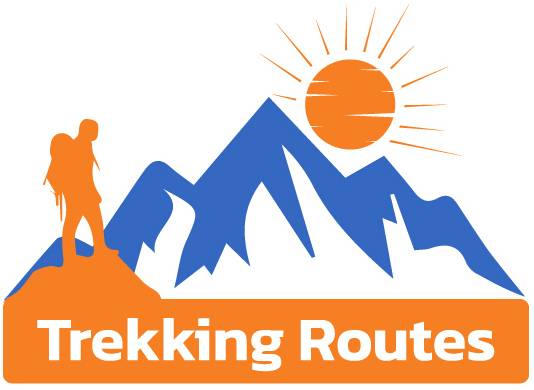

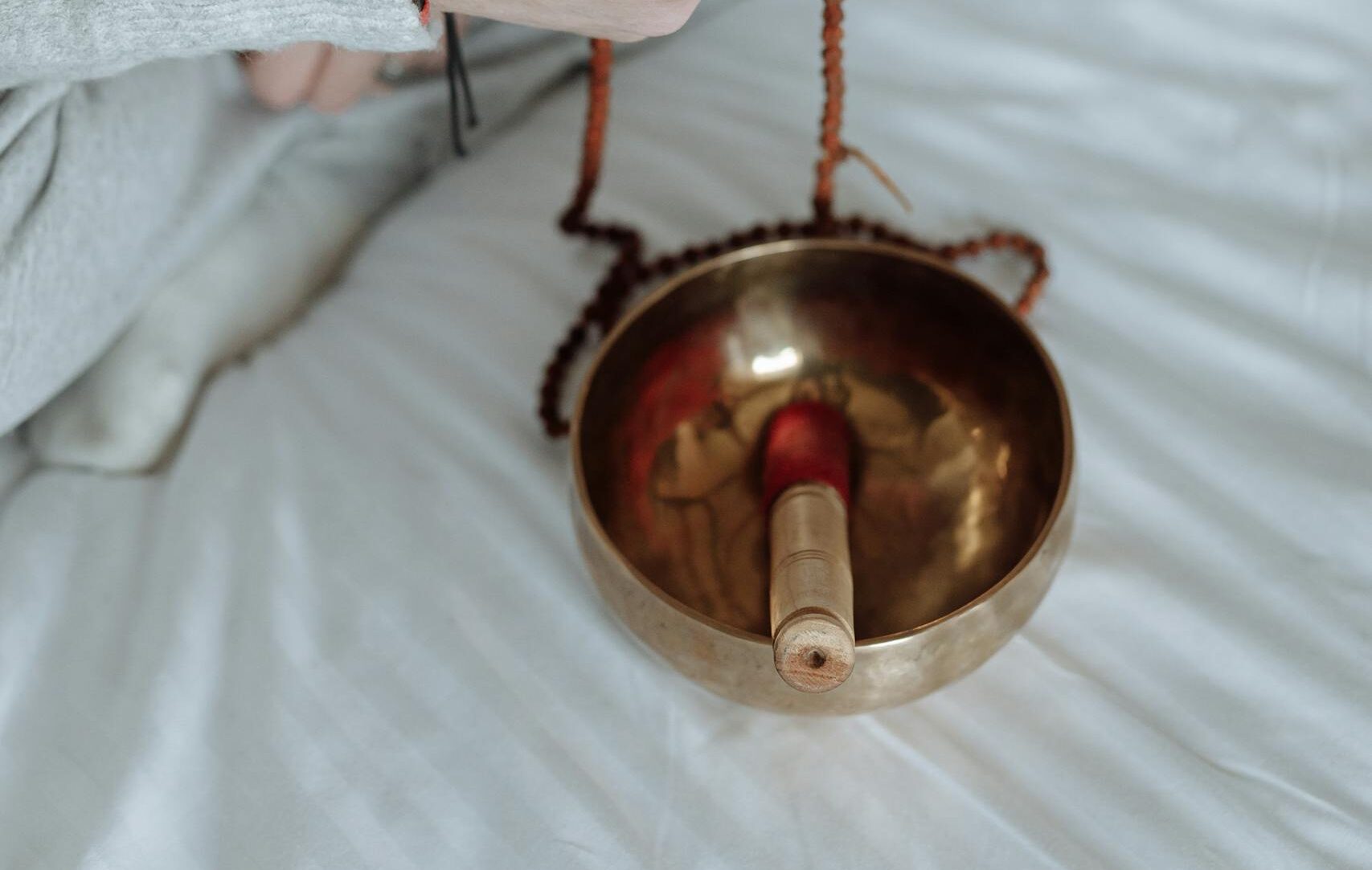
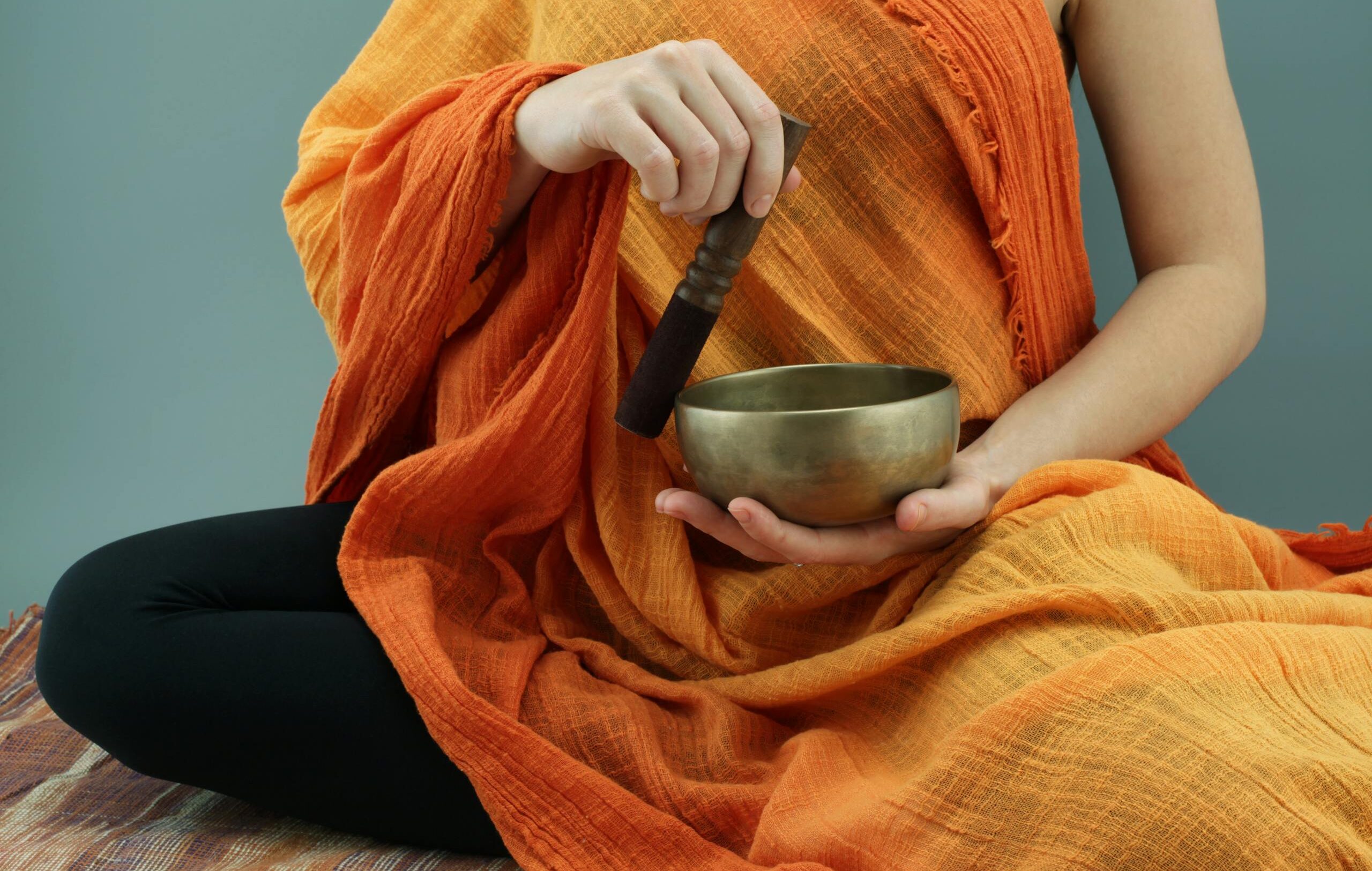
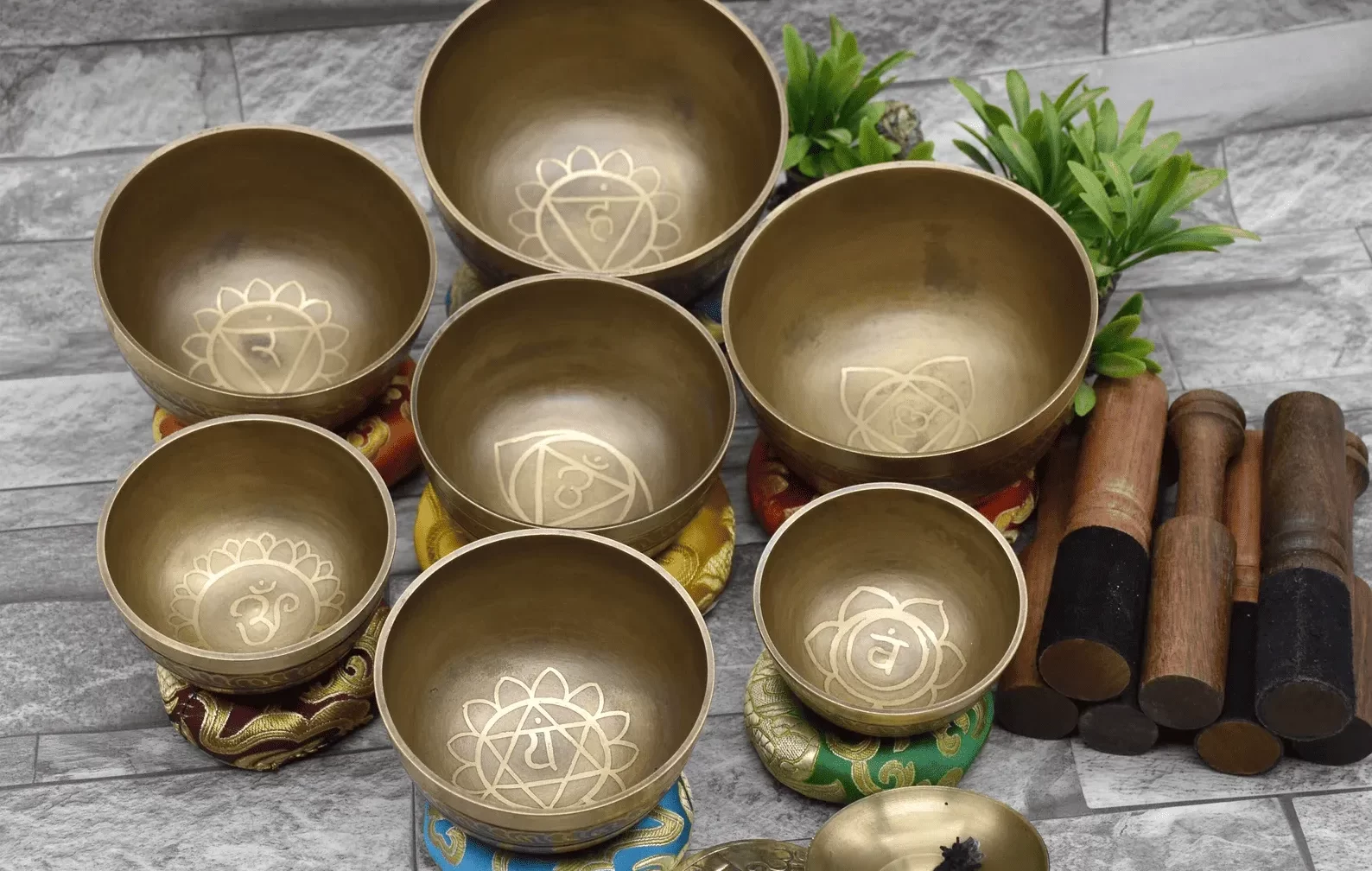
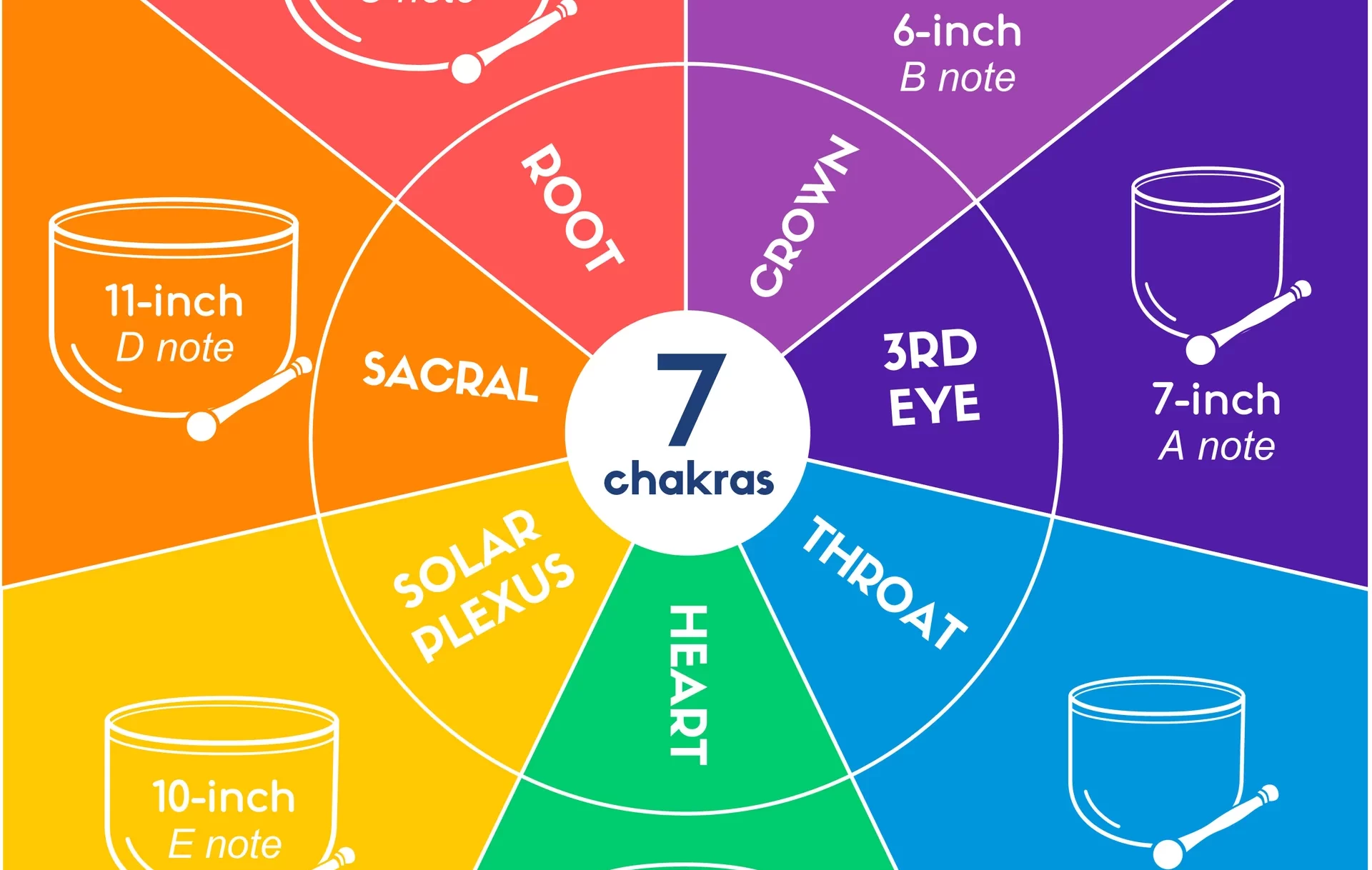
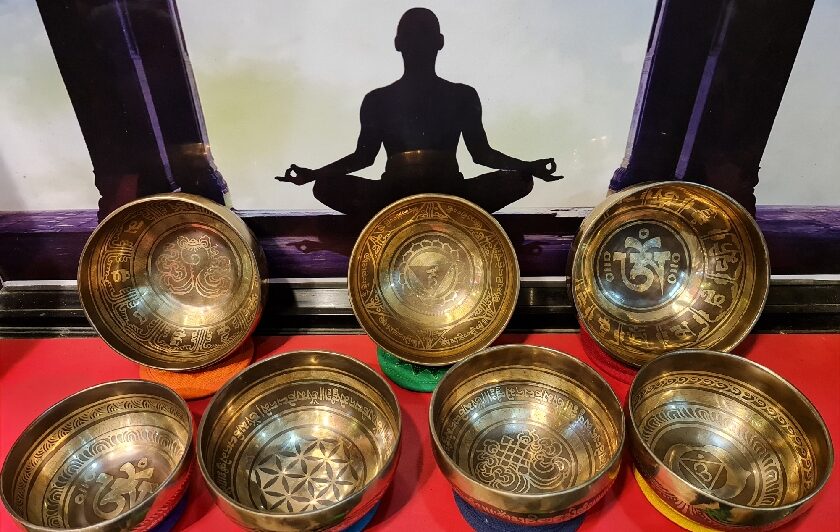
0 Comments